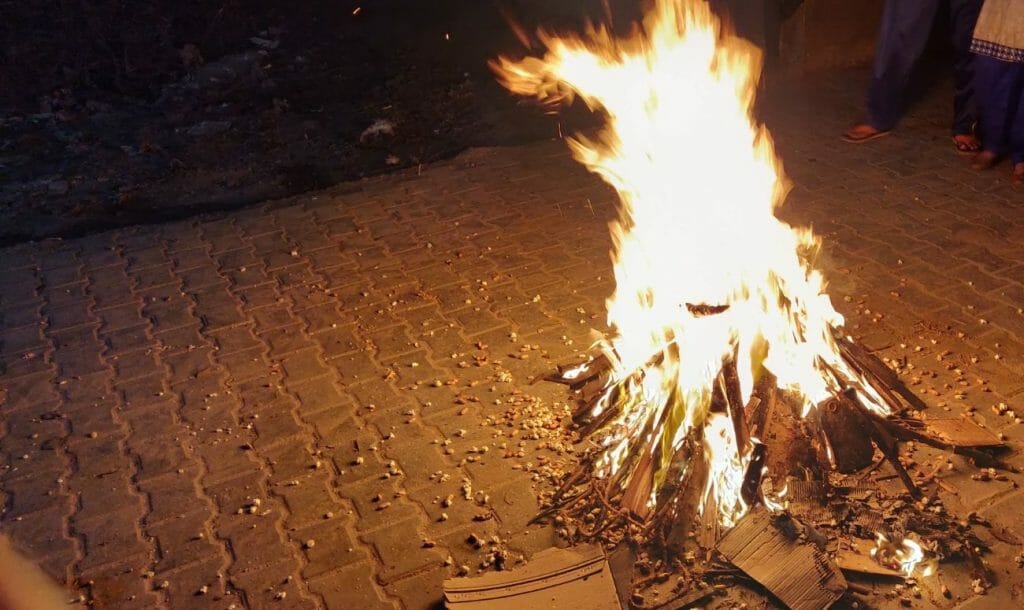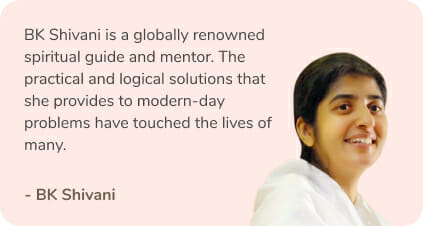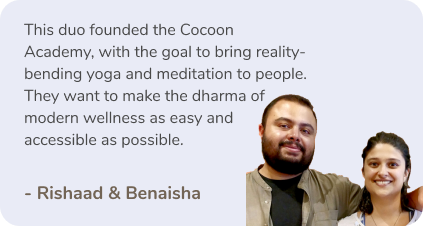Lohri is one of the most popular festivals of Punjab. It is quite popularly believed that it commemorates the passing of the winter solstice. It marks the end of winter and is the traditional welcome of longer days by Hindus and Sikhs in India.
The usual celebration involves singing and dancing around a bonfire. The lighting of bonfire is an ancient tradition, and the harvest festival is marked by eating sheaves roasted corn, gurh, gachak and nuts. One of the most loved delicacy is to eat “Til Rice” which is made by mixing jaggery, sesame seeds and rice. In some places it is also called “Tricholi”.
Some people believe that Lohri has derived its name from Loi, the wife of Saint Kabir. There is a legend amongst some people that Lohri comes from the word ‘loh’, which means the light and the warmness of fire. Lohri is also called lohi in rural Punjab. According to another legend Holika and Lohri were sisters. While the former perished in the Holi fire, the latter survived with Prahlad. Eating of til (sesame seeds) and rorhi is essential on Lohri day. Perhaps the words til and rorhi merged to become tilorhi, which eventually got shortened to Lohri.
Lighting the bonfire sounds like a lot of emission of the greenhouse gases. Shouldn’t we find an alternate to it?
Here is a list of things you can do to reduce the greenhouse emission-
Prep a small bonfire
Instead of huge log of piles being used, use a small one. Inversely, you’ll emit less gases into the atmosphere. Would you rather use up a large pile of wood or would you rather breathe clean air? The choice is yours to make.
Say no to cow dung
Cow is often added to make the bonfire more flammable. Refrain from using cow dung since it produces greater quantities of dioxins and chlorophenols compared to wood which are very damaging to humans. A cow dung contains 50% methane and 30% carbon dioxide by mass when converted into biogas.
Do not use leaves
Think twice before you gather up dry leaves and branches to your bonfire. They give off major pollutants in the form of particulates, hydrocarbons and carbon monoxide; and since moisture is trapped within leaves they tend to burn slowly and generate large amounts of airborne particulates which will include fine bits of dust, soot and other solid materials.
Plant seeds or saplings!
Why not modify the tradition to suit our sustainability?
Instead of burning wood plant as many saplings as you can I your vicinity and allow for the greenery to flourish. It’s the perfect time to apply the Theory of Compensation. According to the Cambridge University Press, compensation serves to right what would otherwise count as wrongful injuries to people or their property.
A little bit from all of us can make so much of a difference! Do your bit and make a difference this year by planting a sapling or two during Lohri.
Read more: 8 Skills Your Child Should Learn at The Age Of 7
Like & Follow ThinkRight.me on Facebook, Instagram, and Telegram to stay connected






























